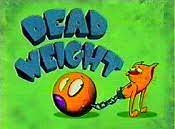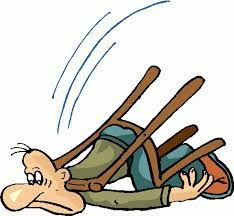A student writes:"I wonder if you might be willing to explain exactly what arm weight is. Or maybe the better question would be to ask what arm weight is not. I remember someone saying that using arm weight does NOT involve pushing into the keyboard. Someone else says that it is a deadweight drop. Surely we can't be expected to play in some limp manner."

And yes, it's correct that we do not "push" into the keyboard. Once the key has been depressed, only God can change it, so there is no point whatsoever to continue applying weight into the key after reaching the point of sound.
The idea of a "deadweight drop" is problematic as a playing concept because at the point of sound the arm cannot continue moving downward, collapsing, which is what happens when thinking "deadweight." It is ludicrous to think that continued up and down arm movements can produce quick and efficient playing. The
deadweight concept is however quite useful in teaching the playing apparatus what it feels like to let go of weight, as in for example, learning what it feels like to make a leap.
 |
| At Ease |
Once the arm weight is established in a single key, that weight is transferred from note to note by means of forearm rotation, which is an underlying tool and not the end result. Forearm rotation is not, repeat, not how we propel our hands laterally up and down the keys in speed.
This is an important study and not one I can describe in print without perhaps creating more confusion. For a video demonstration, click on the iDemo tab above and select Forearm Rotation.



